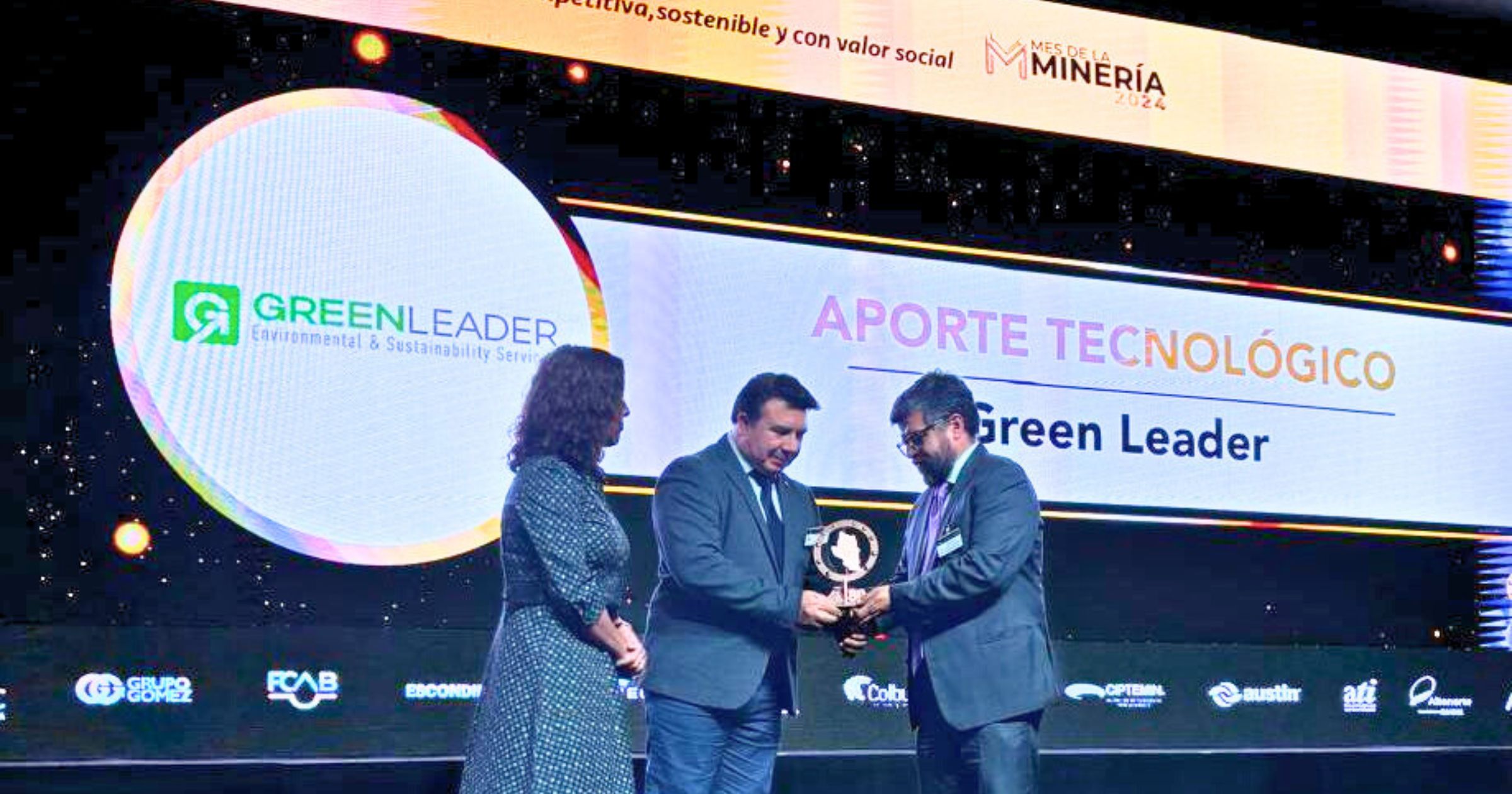By Orietta Ramirez. Public Affairs Manager at Green Leader.
Within the framework of COP28, a historic milestone has been achieved with the signing of the Dubai Agreement by 198 nations. This pact, born as an immediate response to the climate crisis, stands out for explicitly recognizing the urgency of deeply, rapidly, and sustainably reducing greenhouse gas emissions, aligning with trajectories aiming to limit global warming to 1.5°C.
The foundations of this agreement constitute a blend of ambitious and concrete objectives, outlined with the purpose of redirecting our societies towards genuine sustainability. The goal for 2030 seeks to triple the global capacity of renewable energies and double the rate of improvement in global energy efficiency. These targets represent a collective commitment to radically transform the way we generate and use energy.
The acceleration in reducing coal use, the push towards net-zero emission energy systems, and the orderly transition from fossil fuels are bold steps that reflect the global understanding of the imminent need for transformation. This agreement outlines a roadmap that leads us to a reality where dependence on fossil resources is a thing of the past.
The emphasis on the development of clean technologies is another crucial element. The agreement advocates for accelerating the implementation of renewable energy, nuclear energy, and carbon capture and storage technologies. This strategic approach aims not only to mitigate emissions in hard-to-reduce sectors but also to foster innovation and technological progress.
The vision of the Dubai Agreement goes beyond simply reducing CO2 emissions; it seeks to address other harmful emissions. The goal of substantially reducing emissions of gases other than carbon dioxide, with a special focus on methane reduction by 2030, demonstrates a comprehensive commitment to the health of the planet.
Additionally, the agreement addresses crucial aspects such as funding for adaptation, halting deforestation, infrastructure resilience, and mitigating the impacts of climate change on poverty eradication. These commitments recognize the interconnectedness of the challenges we face and the need for holistic solutions.
In the realm of international cooperation, the agreement acknowledges the key role of businesses in this transition. The need for incentives, regulations, and suitable conditions to steer investments towards CO2 emissions reduction is a call to action for the private sector.
The Technology Mechanism, supported by artificial intelligence, emerges as a vital tool to facilitate sustainable development. Training, knowledge exchange, and technical assistance are essential means to drive the transition towards more sustainable practices.
While the agreement does not impose sanctions, its strength lies in its ability to serve as a moral compass and shared guide. The transparent and clear presentation of national contributions every five years underscores the commitment to responsibility and accountability.
The Dubai Agreement is not merely a treaty; it is a collective statement of intentions to address the climate crisis. Although the challenges are immense, this agreement represents a crucial step towards a more sustainable future, where climate urgency is met with unprecedented global determination. COP28 has planted the seeds of action; now, it is up to humanity to water them with concrete and continuous efforts to harvest a more resilient and equitable world.
Chile, as a country with the largest reserves of copper and lithium, key minerals for the transition to clean energy, can become a relevant player globally for the development of clean technologies that help contain the planet's temperature below 2°C. The challenge lies in having the capacity to respond to the growing global demand for minerals and continue advancing in greater sustainability in its production processes so that the benefits of extracting these minerals far outweigh the evident impacts of their production.







